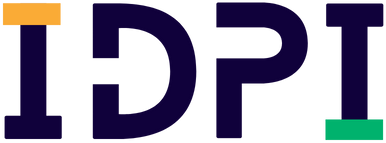About the certification
This 8-week intensive, interactive certification equips professionals to lead and implement impactful organizational change. Participants will gain the tools to design inclusive policies, address systemic barriers, ensure equity for underrepresented groups, and measurement and evaluation methods Graduates will be prepared to build sustainable strategies, drive culture-forward initiatives, and create workplaces where equity and belonging are woven into everyday practice—enhancing the experience of employees and the communities they serve.
Your
8
Week Roadmap
Duration
30
Accountability
Project & Exam
Your Tools & Resources
Overview
Five Key Actions to Strengthen Organizational Culture
Learn how top leaders set direction, build alignment, and gain cross-functional support to create people-first organizations. Explore how power, influence, and legacy practices shape organizational culture—and how to drive intentional improvement through leadership clarity and commitment.
Strategic Planning & Implementation
Explore how to build and execute a people-centered strategy that moves your organization from its current state to a more purpose-driven, performance-optimized workplace. You’ll follow a four-phase roadmap:
- Setting up the planning infrastructure
- Gathering and analyzing data
- Defining strategic priorities
- Executing and measuring outcomes
Understanding Common Types of Bias
Discover how unconscious patterns affect team decisions—from hiring and promotions to project assignments. Participants will learn to recognize and address common forms of workplace bias such as affinity bias, confirmation bias, the halo/horns effect, and recency bias. Learn how bias impacts employee turnover, team dynamics, and organizational reputation.
Addressing Bias in the Employee Lifecycle
From hiring to performance reviews, bias can subtly influence critical decisions. This module equips participants with practical strategies to recognize patterns like the “prove-it-again” phenomenon, “tightrope” expectations, and others that impact evaluations. Learn intervention tactics to improve fairness and objectivity across the employee experience.
Counteracting Bias at Every Level
Acknowledging that bias exists is just the beginning. This session offers tools to:
- Apply reflective decision-making techniques
- Use observation and data to inform fair practices
- Recognize influence of power dynamics
- Create psychologically safe environments for feedback and accountability
- Take restorative steps when harm occurs
Building Stronger Workplaces Through Organizational Assessments
Participants will learn how to conduct culture and workplace audits to identify patterns and practices that may result in uneven outcomes. Explore frameworks for reviewing systems, policies, and programs to ensure alignment with values, performance goals, and employee well-being.


